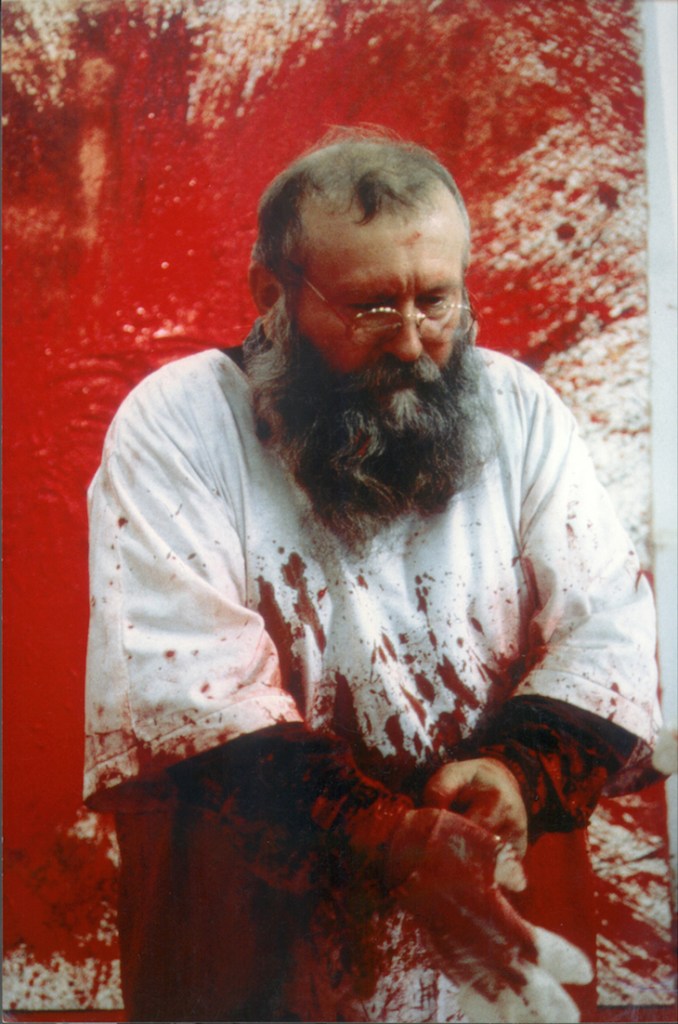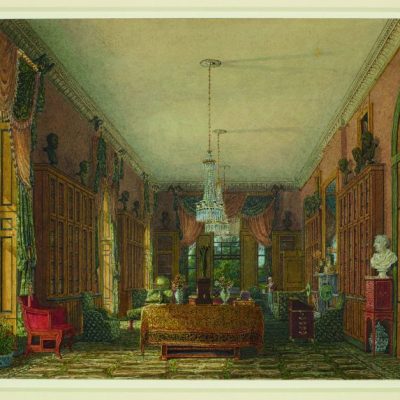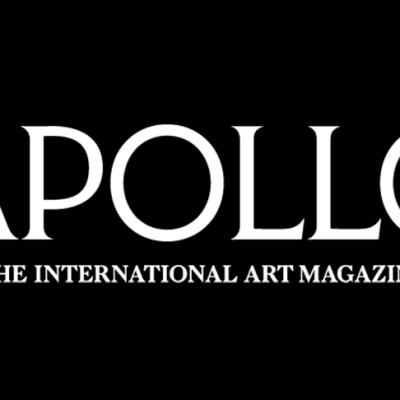Introducing Rakewell, Apollo’s wandering eye on the art world. Look out for regular posts taking a rakish perspective on art and museum stories.
Trouble is brewing in Tasmania, where the local RSPCA has attacked Hobart’s Museum of Old and New Art for scheduling a performance by veteran Vienna Actionist Hermann Nitsch in June. Billed as a ‘bloody, sacrificial ritual’, the artist’s 150 Action was first performed in Vienna in 1962, and includes ‘meat, fish, fruit and blood, live performers and an orchestra’ – and, most contentiously, the carcass of a bull that will have been freshly slaughtered at an abattoir. Nitsch’s intention is that the unlucky beast’s flesh will be eaten after (or as part of?) the performance.
Hermann Nitsch (b. 1938). http://www.nitsch.org/

The plan has not been met with a universally positive reaction. Though the museum has clarified that he slaughter is not itself part of the performance, the head of RSPCA Tasmania, Peter West, has complained that it ‘tap dances across the line’ of acceptability. ‘I think the difficulty we have is the respect shown to the animal with this action, that’s the challenge that we have with this particular artwork’.
Meanwhile Damien Hirst effectively found himself accused of mass murder by the animal rights brigade this month. According to an article on ArtNet, almost a million creatures have lost their lives or had their mortal remains suborned to the cause of Hirst’s art, including some 850,000 houseflies, 45,000 insects of around 3,000 species, 17,000 butterflies, five birds, 13 sheep and one zebra. The RSPCA announced that it is ‘very concerned’ by the figures.
The RSPCA aren’t the only ones landing Hirst in, er, the thick of it. In March, Palazzo Grassi, which is currently hosting Hirst’s exhibition in Venice, was pelted with animal dung in protest at his perceived mistreatment of animals. Which takes the stinking review to new levels, if nothing else.
Got a story for Rakewell? Get in touch at rakewell@apollomag.com or via @Rakewelltweets.




